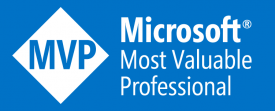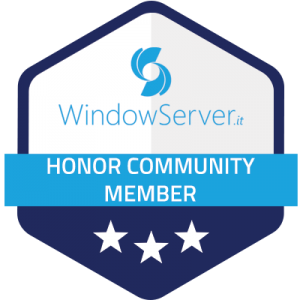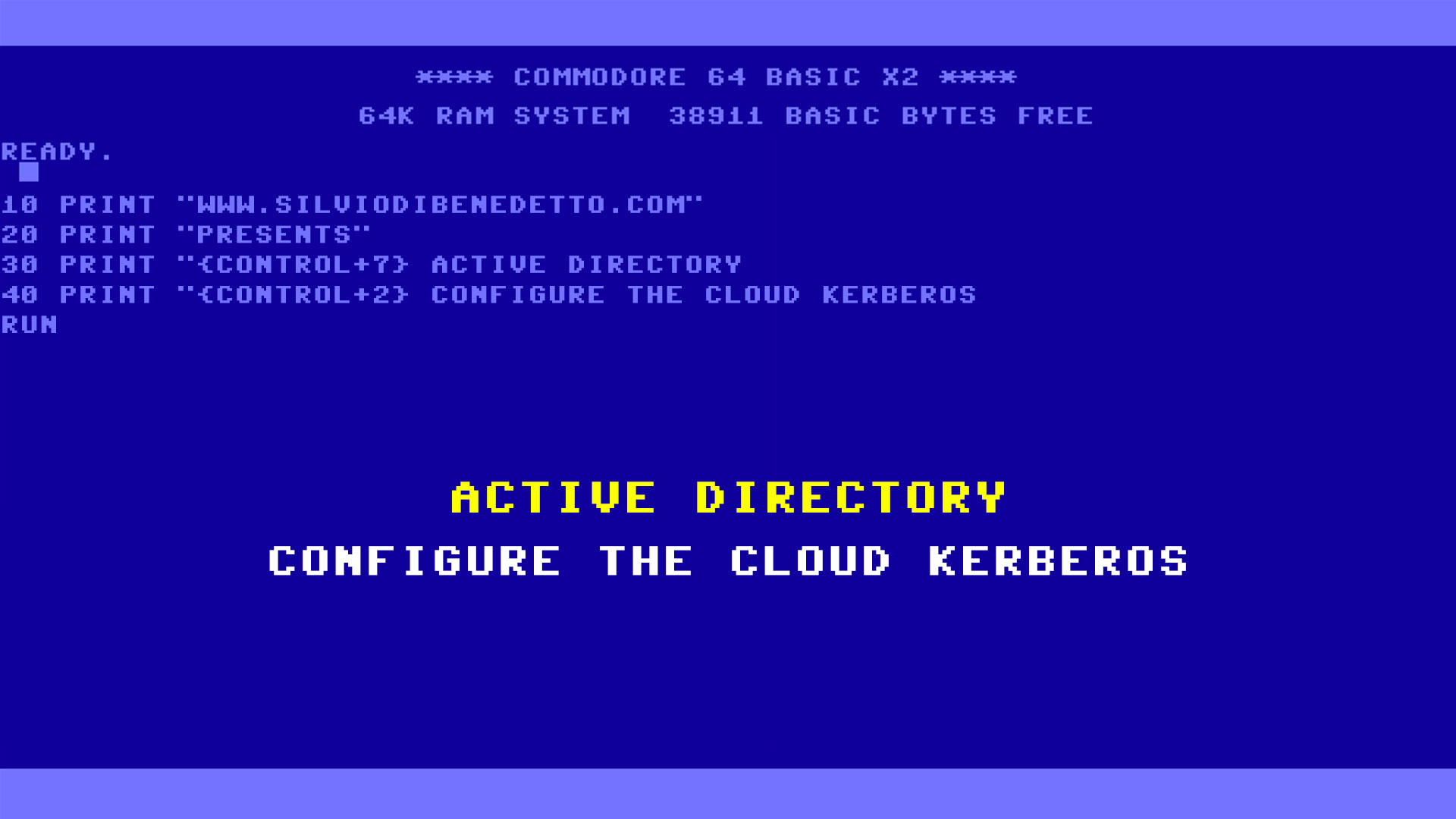Starting today is available the new Update Rollup 9 for System Center 2012 R2. This is the list of what was fixed:
Operations Manager
- SharePoint workflows fail with an access violation under APM
- Application Pool worker process crashes under APM with heap corruption
- Some Application Pool worker processes become unresponsive if many applications are started under APM at the same time
- MOMAgent cannot validate RunAs Account if only RODC is available
- Missing event monitor does not warn within the specified time range in SCOM 2012 R2 the first time after restart
- SCOM cannot verify the User Account / Password expiration date if it is set by using Password Setting object
- SLO Detail report displays histogram incorrectly
- APM support for IIS 10 and Windows Server 2016
- APM Agent Modules workflow fail during workflow shutdown with Null Reference Exception
- AEM Data fills up SCOM Operational database and is never groomed out
- The DownTime report from the Availability report does not handle the Business Hours settings
- Adding a decimal sign in an SLT Collection Rule SLO in the ENU Console on a non-ENU OS does not work
- SCOM Agent issue while logging Operations Management Suite (OMS) communication failure
Data Protection Manager
- No production server restart is required when you upgrade from DPM 2012 R2 Update Rollup 5 or later versions
- Removing the Offline/Online tag from Hyper-V VM name in the DPM UI
- When you perform a recovery for an external data source from an imported tape, and if you try to run a search on the recovery tab, DPM UI may crash.
- If you try to perform an original location recovery from an inactive cloud protection (such as when you remove cloud protection but retain cloud recovery points), the recovery may fail. An alternative location recovery will work in this case
- If you are protecting client data sources, alternative location recovery may fail. An original location recovery still works in this situation
- Item level recovery for SharePoint may fail after you upgrade to DPM 2012 R2 Update Rollup 6, 7, or 8
- If you are already protecting a stand-alone SQL database by using DPM, and then you try to create a mirror database and protect it with DPM, DPM Self Service Recovery Tool does not display the mirror database. However, the DPM recovery wizard shows the mirror database
- DPM may display the following redundant messages in the event log if End-User Recovery is enabled for any data source and at the same time you configure BMR: Failed to update permissions used for end-user recovery on DPM_FQDN. Permissions update failed for the following reason: (ID: 3123)
- The DPM console may crash when you open DPM canned reports
Service Manager
- The scroll wheel does not work in console forms
- The AD connector goes for a full sync after you update an LDAP query through PowerShell
- The Service Manager console does not show the details about the settings that have changed and triggered a noncompliance issue in case of DCM incidents
- Runbook activity does not change the status when the associated Runboook job is groomed out of Orchestrator
- SQL CoreEnterprise64 is not detected as an enterprise edition by Service Manager
- With Update Rollup 7 installed, the Active Directory connector fails with an InvalidCastException error
- With Update Rollup 7 installed, the service component is not available for some Business Services that are imported from Operations Manager
Service Provider Foundation
- When the Service Provider Foundation API deletes a virtual machine (VM), the VM is deleted successfully but the associated VM delete action runbook is not triggered
- Usage information for all the VMs is not collected if the VMs are created in the same subscription and by having the same VM name
Virtual Machine Manager
- Enable Dynamic VLAN on the vNIC of a virtual machine – New Feature
- After a disaster recovery is complete, you receive the following exception when you try perform a VM Refresh of the replica VM on the recovery cloud: System.OverflowException: Failed to convert parameter value from a UInt16 to a Int16
- VMM guest agent on VMware guest virtual machines does not clean up the temporary files it creates in the C:\Windows\Temp folder. This eventually leads to clogging of drive C
- Performance issues are seen during VM Live Migration in a Hyper-V Network Virtualization (HNV) environment
- In an SCVMM-SCOM environment, the CPU Usage Forecast chart in the Host Group Forecasting report is missing, even though the data points for the host CPU are available. The chart instead appears when no data points are available (blank chart)
- When you add a stand-alone host to a cluster, VMM also adds the storage of the host to the cluster. There is no option available in VMM to exclude local storage while adding the node. Therefore, latency issues may occur in VMs, and they may fail to start
- The VMM Gateway plug-in does not allocate a MAC Address when it allocates a Provider Address (PA) for gateway nodes. Therefore, Windows uses the MAC Address from the physical network adapter for PA MAC addresses, and this causes MAC address duplication. In turn, this may cause a loss of network connectivity, and then tenant VMs will no longer be able to use the gateway nodes. This issue is seen only when Virtual Machine Queue (VMQ) is enabled
- In an HNV environment, many duplicate Networking HNV policies are published, and this may cause high CPU usage during host refresh
- When you try to add a storage array to VMM when the value of the MaximumReplicasPerSourceClone property is greater than 32767 (for example, HPE 3PAR StoreServ 20000 Storage Array), you receive the following exception: System.OverflowException: Failed to convert parameter value from a UInt16 to a Int16
Windows Azure Pack
- WAP administrators cannot change the tenant administrator of a subscription
- WAP administrators cannot hide specific VHDs from the Tenant UI during VM Creation
- Failure to send VM Role deletion event when a cloud service is deleted
- Several of the list controls that are displayed in the WAP Tenant Portal extension for VMs are out of order
- The Russian Time Zone updates is not applied to the WAP administrator and tenant portals
- The Admin Portal Web Sites extension, the UI control to enter the memory limit for the website does not support an amount great enough to support x64 websites
- Usage Configuration items are overwritten by update rollups
Update Rollup 9 for System Center 2012 R2
S









Follow on Socials